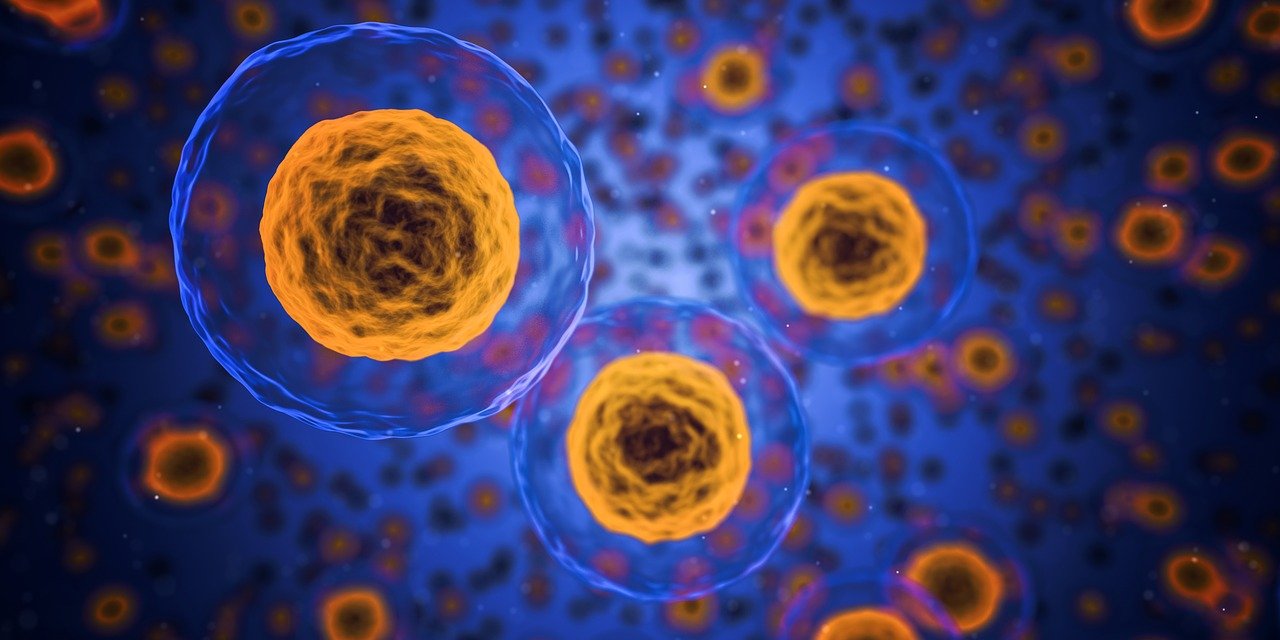In this article, we will compare BPC-157 and TB-500, two peptides that have been widely researched for their potential in tissue repair processes, in terms of their chemistry, mechanism of action, and physiological influence.
Chemistry of BPC-157 and TB-500
Both BPC-157 and TB-500 are synthetic in origin, implying that they may not be found in nature and might not have common sequence homology with natural peptides. BPC-157 is a pentadecapeptide of BPC or Body Protection Compound, identified and isolated from the gastric juice. BPC-157 is a partial sequence of BPC and comprises a chain of 15 amino acids. TB-500 is synthetic form of Thymosin Beta 4, a water-soluble and regenerative compound found abundantly in bio-fluids such as saliva, and cerebrospinal fluid. TB-500 is the isolated (17)LKKTETQ(23) segment of Thymosin Beta 4 and has been researched for its potential to exert similar impacts.
BPC-157 and TB-500 Mechanism of Action
Research suggests that BPC-157 may mediate upregulation of growth hormones, modulate Nitric Oxide synthesis, enhance blood vessel production, and modify collagen production as well as bone proteins. TB-500, on the other hand, is suggested to principally associate with actin, promoting cellular migration and regeneration, and blocking inflammatory chemokines and cytokines.
BPC-157
The role of BPC-157 is centered on its potential ability to increase angiogenesis or the production of blood vessels by modifying the expression of Vascular Endothelial Growth Factor 2 (VEGFR2). This increase in angiogenesis is believed to trigger a cascade of different effects from faster wound healing, improved tendon and bone repair, and tissue regeneration in research subjects. Another suggested action of BPC-157 is its unique potential to enhance the tendon repair process and reduce the recovery time needed for damaged tendons to return to their original strength. BPC-157 is also suggested to show a cytoprotective effect, especially in the gastric mucosa, apart from the liver, pancreas, heart, and brain neurons.
TB-500
The research in TB-500 is based on its potential to bind with actin and improve tissue regeneration, tissue formation, and aid wound healing. It also appears to improve cell migration, re-epithelialization, and angiogenesis that are claimed to be crucial in tissue repair and wound healing. The peptide is also suggested to exhibit an anti-inflammatory effect by suppressing the release of chemokines and cytokines responsible for inflammation. It is currently being studied for its potential cardioprotective and neuroprotective characteristics. In-vitro tests in animal models also suggest the ability of TB-500 to inhibit premature apoptosis or cell death in the heart and the hippocampal region of the brain.
Conclusion of BPC-157 and TB-500
Based on theoretical deductions and scientific findings, both the peptides are speculated to exert action in wound healing and tissue formation. They are suggested to showcase angiogenesis and cytoprotective influence, although they may affect different factors in the process. The difference appears to be that BPC-157 influences tendon and bone repair while TB-500 doesn’t. This suggests it may potentially be more impactful in injuries that damage tendons, ligaments, and bones. It is also claimed to have greater neurological impact compared to the latter. TB-500, on the other hand, is suggested to exhibit anti-inflammatory, cardioprotective, and neuroprotective roles that BPC-157 may lack.
Disclaimer: The products mentioned are not intended for human or animal consumption. Research chemicals are intended solely for laboratory experimentation and/or in-vitro testing. Bodily introduction of any sort is strictly prohibited by law. All purchases are limited to licensed researchers and/or qualified professionals. All information shared in this article is for educational purposes only.






